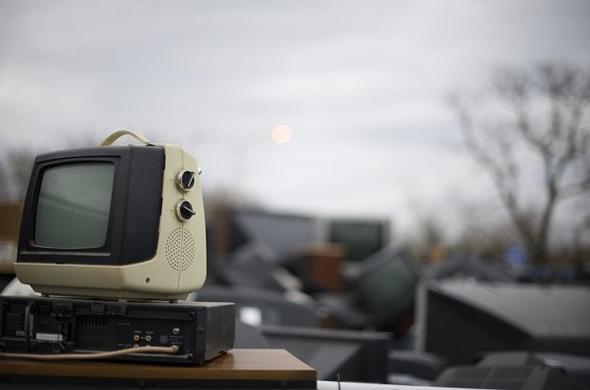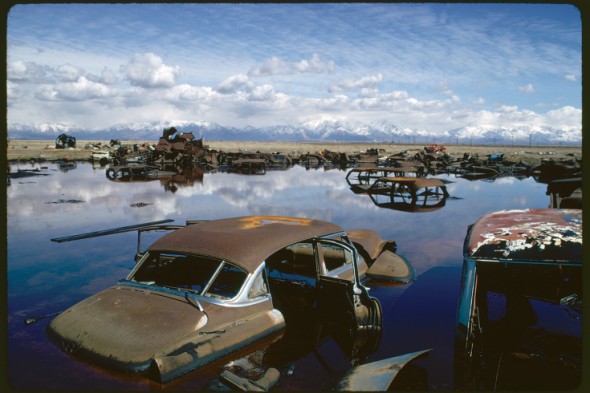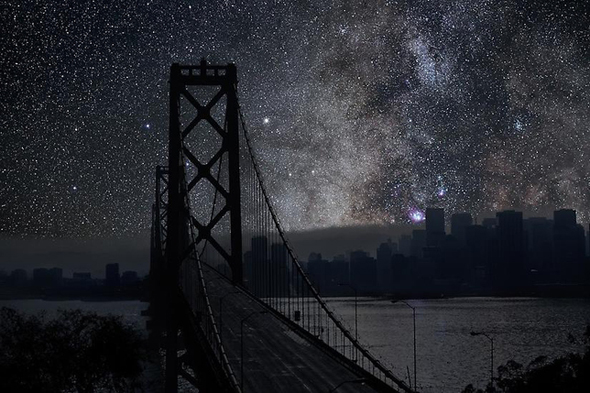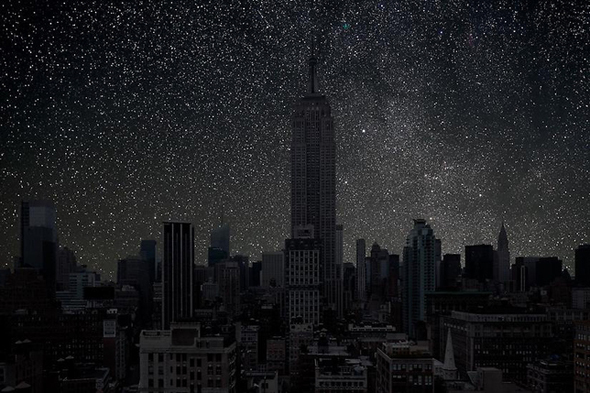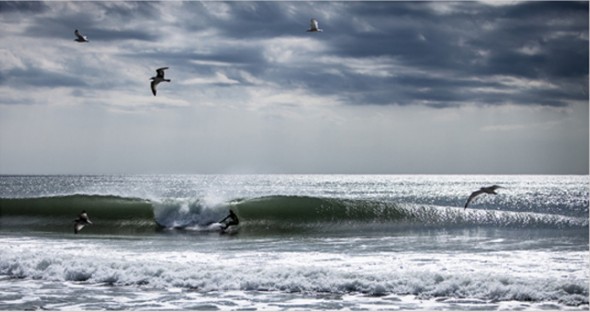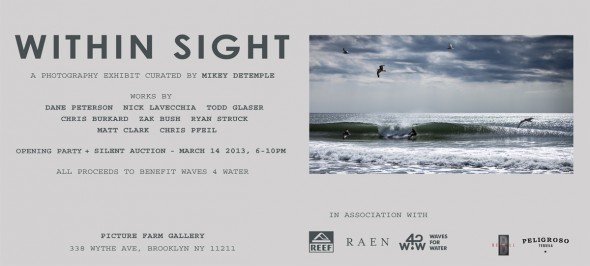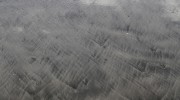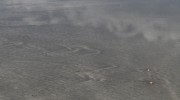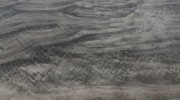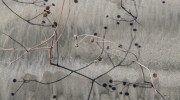Even though there are numerous facilities across the country dedicated to recycling the technology we use and discard so frequently (cell phones, computers, printers, appliances, etc.), it turns out that sudden shifts in the marketplace are having a profound effect on what can and cannot be lucratively recycled by these industries. The New York Times reported this week on the vast amounts of outdated tube-based monitors and televisions that cannot be recycled because they have been rendered obsolete by the advent of flatscreen monitors and projectors, and so facilities no longer have the machinery needed to break them down appropriately.
The issue raises several warning signs in regard to our recycling system’s dependency on the fluctuation of the technology marketplace, which happens to be one of the most difficult to predict, and continues to become evolve rapidly. This leaves states with the burden of abandoned stockpiles of valueless goods, and no proper means to repurpose or dispose of them. Often the manufacturers left with these items are forced to harbor them somewhat illegally, since there is a limit on how long these products can be housed without being broken down safely.
The solutions to the problem have not been reassuring, with some states authorizing these products to be sent to landfills for the next few years, since the demand is so low for the raw materials they are made of. It’s a stark reminder that just because we take the care to recycle something, that doesn’t necessarily mean there is enough money to offset the cost of doing so. This is a problem not just for the companies and the government, but for the consumers as well, who are responsible for the near-doubling of e-waste over the past five years.

